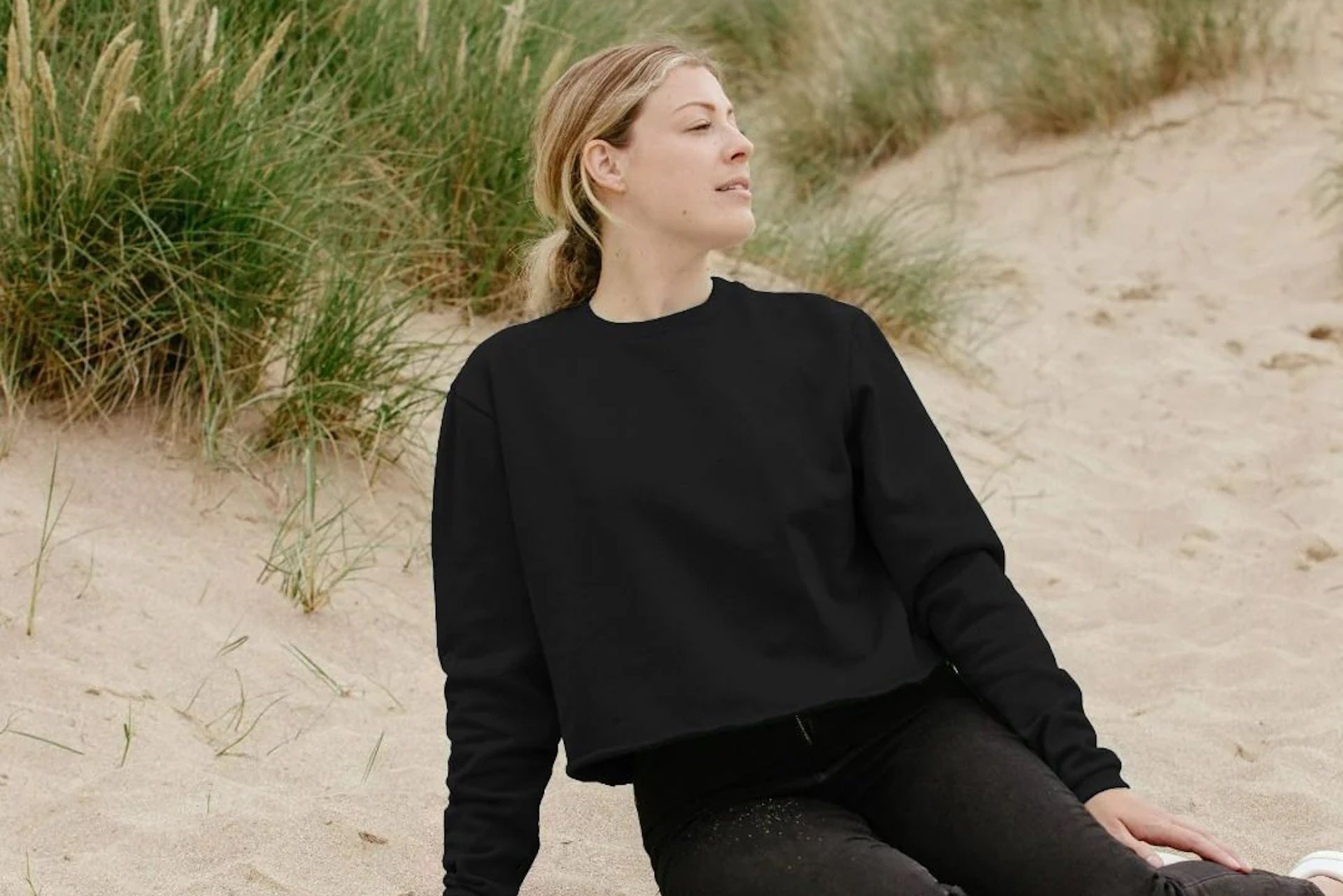In the world of fashion, "quiet luxury" has emerged as a trend with people becoming drawn to the allure of looking effortlessly stylish. Quiet luxury brands offer products with timeless designs that allow the wearer to signal qualities such as wealth, sophistication and quiet confidence.
Of course, this means that the products are exorbitantly expensive when it comes to the most coveted brands. While there are a smaller number brands that operate in this segment at lower price points, they can miss the mark when it comes to sustainability. Despite their commitment to quality, there are myriad areas where quiet luxury brands could better align with environmental responsibility.
1. Overemphasis on rarity
Quiet luxury brands can signal a sense of exclusivity through the use of rare materials. In an ideal world, all of these rare materials would be durable thereby leading to improved sustainability. This is because, in theory, such materials would lead to fewer, high-quality purchases.
In practice, the scarcity of these products can drive excessive demand, leading to increased production cycles thereby creating new unsustainable practices. There is also some confusion about exclusivity in relation to coveted fabrics. Often these fabrics may be coveted for reasons such as softness but this quality may also mean that they are not durable. This in turn also leads to more frequent purchases than if an alternative soft yet durable fabric was chosen.
Furthermore, this exclusivity may inadvertently position sustainable fashion (currently a niche within quiet luxury) as a luxury reserved for a select few, rather than a broader movement accessible to all. Where the broader quiet luxury movement may not prize durability as highly as exclusivity, the reverse is true for sustainable luxury.
2. Lack of transparency
A significant issue facing many quiet luxury brands is the lack of transparency in their supply chains. Sustainability in fashion relies on ethical sourcing, fair labour practices, and environmentally responsible production processes—all of which are enhanced by transparency. Yet, these brands often remain opaque about where they source materials, how they treat workers, and what their environmental impact is. Without clear information, it is challenging for consumers to make informed choices, leaving the sustainability of these products in question.
Nonetheless, there is some evidence of change. For example, there is use of blockchain which is a technology that has the capability to greatly enhance transparency. However, at the moment, it seems that the use cases of this technology seem to be authenticity (to avoid purchasing fake products) and traceability (an extension of the authenticity use case) rather than insight into the material mix of a product.
On the other hand, sustainable luxury brands are eager to display their credentials. This can take the form of accreditation for the fabrics that are used as well as information regarding audits that take place at manufacturing facilities.

At Pomp, we provide extensive information about our sustainability credentials: our use of sustainable materials such as organic cotton, our just-in-time production techniques, our SA800 certified production, use of renewable energy and so on.
3. Material choices
Quiet luxury is synonymous with the use of premium materials, but these choices do not always align with sustainable practices. Luxurious materials like cashmere, leather, and silk often come with significant environmental costs, such as high water usage and greenhouse gas emissions, not to mention harm to animals. Additionally, these materials are frequently sourced from regions with lenient environmental regulations, exacerbating their impact. To align more closely with sustainability goals, brands could consider incorporating more eco-friendly materials into their offerings, such as organic cotton, recycled fabrics, or innovative alternatives like mushroom leather.
At Pomp, our fabrics are solely certified organic cotton. This means that we use natural, organic fibres that are free from toxic pesticides and fertilisers. This helps to give our clothing an extra soft feel to the touch. The inks we use are water-based, biodegradable, contain no animal products, and are not tested on animals. All of our ink ingredients are tested to OEKO-TEX 100 standard.
4. Lack of circularity
Circular fashion, which emphasises recycling, is crucial for reducing waste in the fashion industry, a notoriously significant carbon producer. However, many quiet luxury brands focus on creating new products rather than encouraging the reuse or repurposing of existing items. The absence of initiatives like take-back or buy-back programs, repair services, or efforts to recycle old garments highlights a missed opportunity to make luxury fashion more sustainable. Without circularity, even the highest-quality products follow a linear life cycle, inevitably leading to waste. That is such a curious strategy to take because it leaves such brands looking the same as a fast fashion company but simply selling to a different demographic. All that craftsmanship, only to be discarded no differently than a mass-produced nylon sock.
As a circular business, we have a system in place at Pomp that means that when products are no longer wearable or desired, they can be sent back for free, following the instructions on the wash care label. The materials will be reprocessed and made into brand new products.
5. Wasteful production practices
The meticulous craftsmanship associated with quiet luxury brands can result in significant pre-consumer waste. High standards mean that products not meeting exacting specifications are often discarded. To be clear, we are talking about manufactured items that do not even make it to the shop floor as they do not pass quality control checks. Moreover, the practice of producing limited runs and seasonal collections can lead to unsold inventory, which some brands destroy to maintain their exclusivity. This approach runs counter to sustainable practices that prioritise minimising waste and maximising resource utility.
On the other hand, sustainable luxury brands often use off-cuts and other (recycled) pre-consumer waste as the inputs for their businesses. By upcycling these waste products through their ingenuity into desirable new products, these brands show what the skilled craftsmen of quiet luxury brands are missing out on. This is not only from a resource perspective but also in terms of the innovation design and use of materials.
6. Greenwashing and token efforts
As demand for sustainability has grown, some quiet luxury brands have responded with greenwashing—promoting minor environmental initiatives or making vague claims without substantial changes to their overall practices. This could involve launching a single "sustainable" product line while the rest of the brand remains unchanged or making broad claims that lack specific, measurable impact. Genuine sustainability requires comprehensive efforts across the entire brand, not just isolated gestures.
Conversely, for sustainable luxury brands, sustainability is part of each brand’s DNA and is therefore baked into all of that brand’s operations. When it comes to sustainable luxury brands you are far more likely to see them making efforts to further improve their sustainability, by for example, innovating to become fully circular rather than engaging in token gestures.
Next? A quiet opportunity for change
As awareness of environmental issues grows, people will look to the brands that show that luxury and sustainability can coexist. While quiet luxury brands occupy a unique place in the market where there is this sense of timeless appeal, there may therefore be challenges ahead from a sustainability perspective.
At the same time, a niche within this segment of the market is sustainable luxury (sometimes called ethical luxury), which hints at the way forward. Quiet luxury brands have an opportunity to learn from sustainable luxury brands and explore deeper transparency, embrace more sustainable material choices, and incorporate circularity into their business models.




